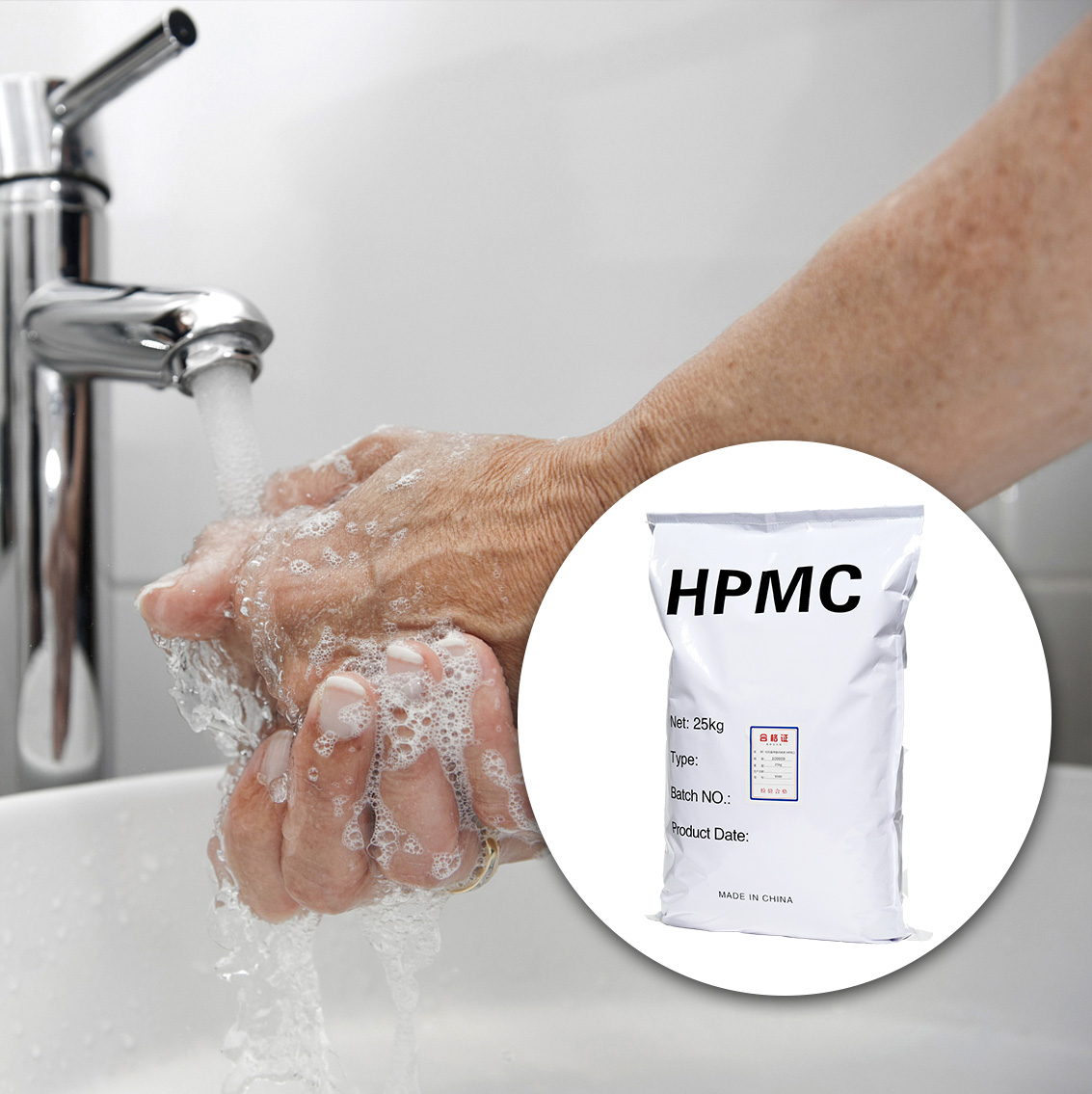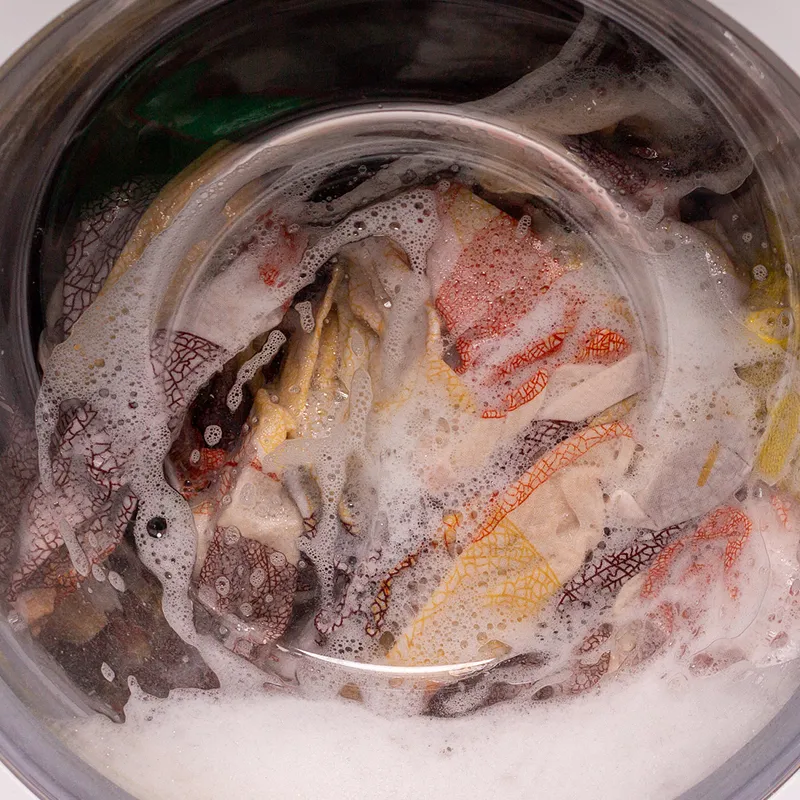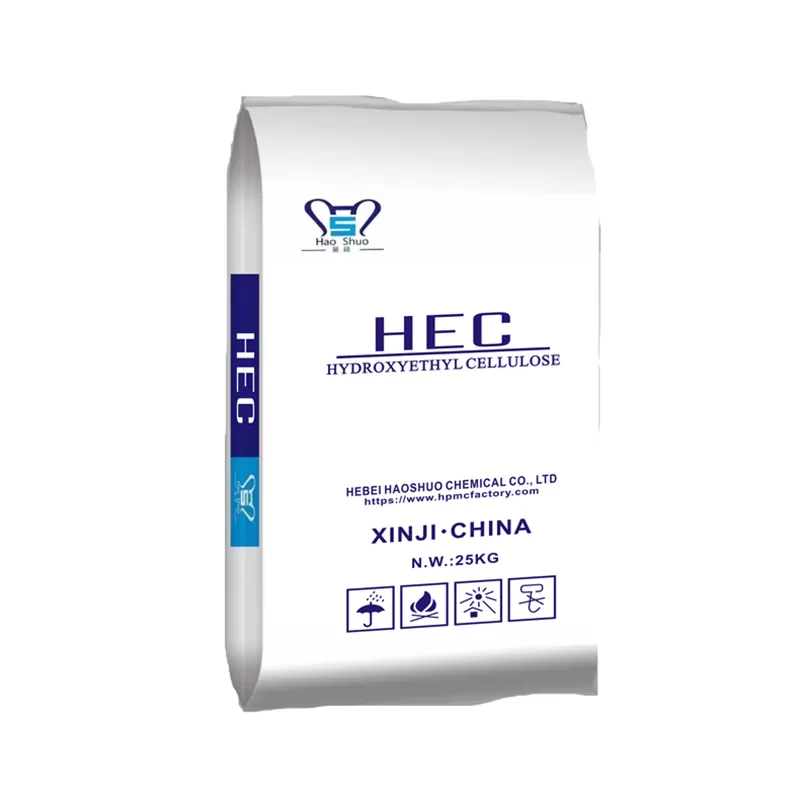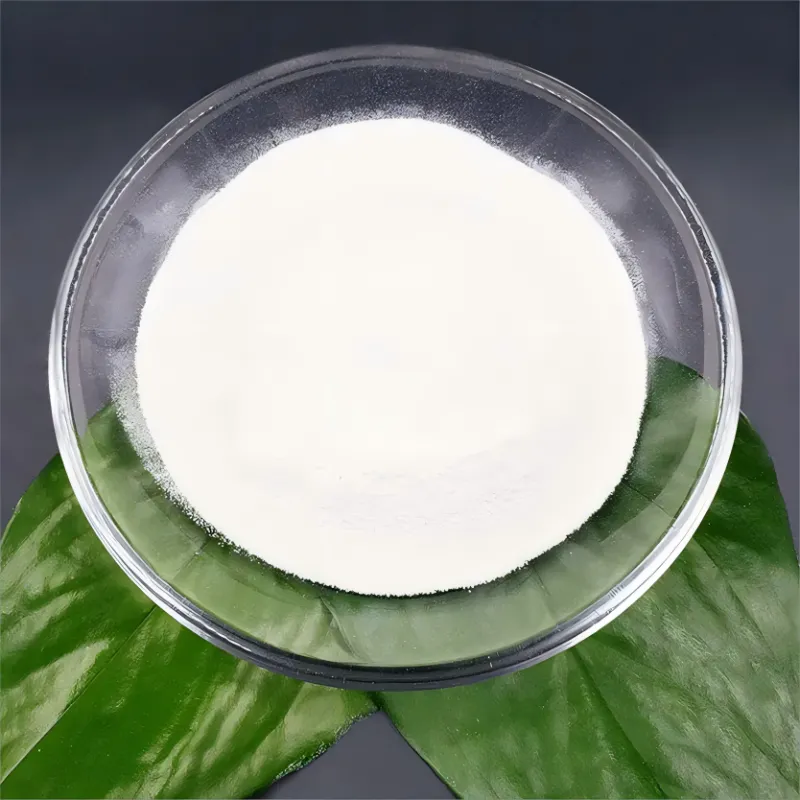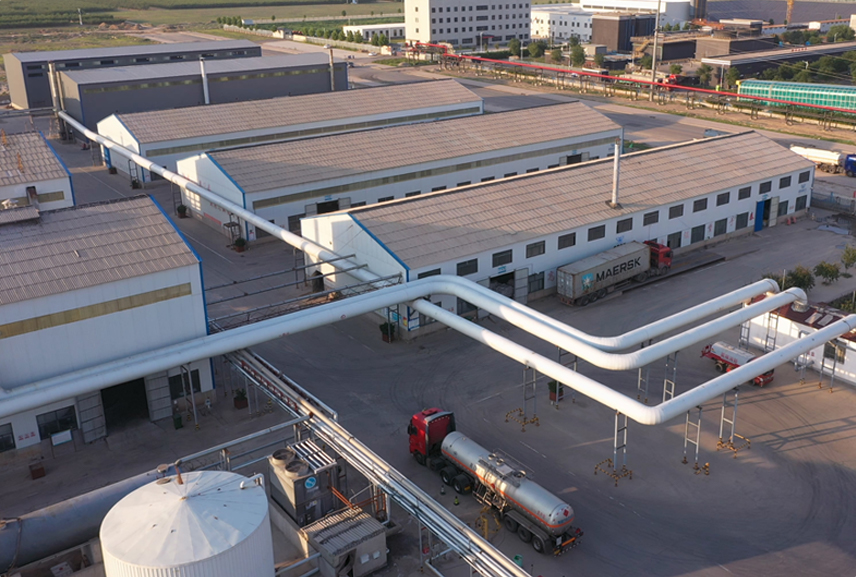Daily chemical grade hydroxypropyl methyl cellulose is a synthetic high molecular polymer prepared by chemical modification with natural cellulose as raw material. It is a white or slightly yellow powder. The hydroxypropyl methyl cellulose has a variety of properties such as thickening, foam stabilization, flashiness, and easy dispersion.
Daily chemical grade HPMC advantages:
HPMC chemical CAS9004-65-3 has good compatibility with various additives of other daily chemical products. It is widely used in detergents, shower gels, shampoos, hand sanitizers, and laundry liquid and other products.
• Non-toxic, non-irritant, and non-allergenic
• Water-soluble and highly soluble in organic solvents
• Compatible with a wide range of other chemicals
• Offers excellent film-forming properties
• Provides excellent viscosity control and thickening ability
Other related products include:
Daily chemical grade HPMC application:
HPMC provides excellent thickening and foam stabilization properties, improving the overall texture and consistency of hair care products. The daily chemical grade cellulose ether from Haoshuo is suitable for shampoo, detergent, conditioner, styling products, toy bubble water etc.
If you are looking for high quality daily chemical grade HPMC for sale, welcome to contact us!
Daily chemical grade hydroxypropyl methylcellulose HPMC effect:
In detergent applications, the HPMC powder is mainly used for thickening, foaming, stable emulsification, dispersion, adhesion, film formation and water retention of detergents. High viscosity products are used for thickening, and low viscosity products are mainly used for suspension dispersion and film formation.





